Fiddle Leaf Fig Trunk Help
Donnie
9 years ago
Featured Answer
Sort by:Oldest
Comments (52)
tapla (mid-Michigan, USDA z5b-6a)
9 years agoMario A
8 years agoRelated Discussions
Branching and Trunk Thickness in Fiddle Leaf Fig
Comments (1)How fast your plant's trunk thickens is directly related to the amount of photosynthesizing (leaf) surface the plant has, which determines the number of files of cells laid down in the cambium, which in turn is what determines the rate at which branches and trunks thicken. From this, we can see that pruning is actually a counterproductive act when thickening is desired. If you only tip-prune (remove the stems apex), however, the impact on thickening is insignificant. Ideally, you would wait to terminate the main stem until the plant is about 2/3 the ht (measured from the top of the soil) at which you'd like to maintain the plant. This allows for a bare trunk that is 2/3 of the tree's ht and then 1/3 of the tree's ht in foliage. You'll get the most enthusiastic response from healthy trees grown outdoors for at least a month before you terminate the main stem, and later from terminated branches. Also, if branches occur on the lower part of the tree, allow them to grow for a year or two - they provide additional additive growth (thickening) the plant would otherwise not have put on, absent the additional source of food (photosynthate) they contribute. Al...See MoreFicus lyrata fiddle leaf fig - all leaf drop -HELP
Comments (1)My before and after no leaf current state of my plant. The above post has all my information. Not sure why the post made me split it...See MoreThree fiddle leaf fig trunks--how often to rotate?
Comments (2)Very likely is three separate plants. Give a quarter to a third turn per week. Your pic didn't come through. Would really like to see it....See MoreHelp for Fiddle Leaf Fig- spider mites and leaf drop
Comments (4)Thank you so much for responding (and for talking me off the ledge!) Sorry I wasn't being clear...I have not yet repotted and was waiting until June to do so. I haven't examined the soil closely, but once when I was lifting/transporting the tree to water it, the pot just fell off the plant onto to the ground. it did make some mess but the potting medium pretty much held together in the shape of the pot. So, I'd say at least "old" if not "bad" soil? Should I look at the roots more closely and if so, what am I looking for? (And what would I do if I found it?) If this guy does survive, I will summon up the courage to repot hopefully in Al's 5:1:1 in June if I can manage to find all the right ingredients (been working on that for some time.) Very nervous to repot something this size. I did spray all the other bigger plants in the house and will now do the rest of them (and this one) once a week...thank you! I knew they traveled from plant to plant....but, hitch a ride on me? I might never sleep again knowing that...lol. Also, I haven't fertilized at all--I know I've read somewhere on this Forum that it's good to do a weaker Foliage Pro all year(?) but I wasn't sure if I should just initiate that at this time of year--even at a weaker strength, much less when the plant is stressed? I'm thinking I should wait for new growth to start fertilizing? Thank you, thank you for taking the time to help!!!!...See Moretapla (mid-Michigan, USDA z5b-6a)
8 years agoMario A
8 years agotapla (mid-Michigan, USDA z5b-6a)
8 years agoMario A
8 years agotapla (mid-Michigan, USDA z5b-6a)
8 years agolast modified: 8 years agoDonnie
8 years agolast modified: 8 years agotapla (mid-Michigan, USDA z5b-6a)
8 years agoMario A
8 years agotapla (mid-Michigan, USDA z5b-6a)
8 years agojamilalshaw26
8 years agoDave
8 years agoChanice Parker
5 years agoEkor Tupai
5 years agotapla (mid-Michigan, USDA z5b-6a)
5 years agoMario A
5 years agotapla (mid-Michigan, USDA z5b-6a)
5 years agokat_772366325
5 years agolast modified: 5 years agoDave
5 years agolast modified: 5 years agosophia pinella
5 years agosophia pinella
5 years agotapla (mid-Michigan, USDA z5b-6a)
5 years agolast modified: 5 years agoJulio Ortega
5 years agotapla (mid-Michigan, USDA z5b-6a)
5 years agoJulio Ortega
5 years agotapla (mid-Michigan, USDA z5b-6a)
5 years agoSusannah Graham
5 years agoMario A
4 years agotapla (mid-Michigan, USDA z5b-6a)
4 years agolast modified: 4 years agoMario A
4 years agotapla (mid-Michigan, USDA z5b-6a)
4 years agoMario A
4 years agotapla (mid-Michigan, USDA z5b-6a)
4 years agoJulio Ortega
4 years agotapla (mid-Michigan, USDA z5b-6a)
4 years agoJulio Ortega
4 years agotapla (mid-Michigan, USDA z5b-6a)
4 years agoMario A
4 years agotapla (mid-Michigan, USDA z5b-6a)
4 years agoAshley Edwards
4 years agotapla (mid-Michigan, USDA z5b-6a)
4 years agolast modified: 4 years agoAshley Edwards
4 years agotapla (mid-Michigan, USDA z5b-6a)
4 years agoAshley Edwards
4 years agotapla (mid-Michigan, USDA z5b-6a)
4 years agoAustin
4 years agotapla (mid-Michigan, USDA z5b-6a)
4 years agoAshley Edwards
4 years agoJen Dominic
4 years ago
Related Stories

HOUSEPLANTSPlay Up Some Fiddleleaf Figs for a Lively Indoor Tune
Strike a dramatic chord in a minimalist scene or a country note in a rustic setting — fiddleleaf fig plants harmonize with any style
Full Story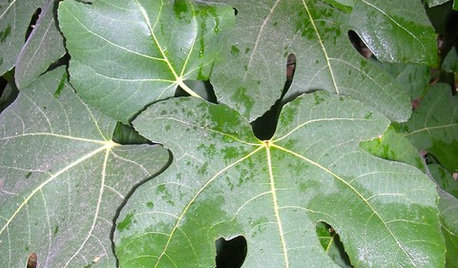
GARDENING GUIDESGreat Design Plant: Common Fig
A full form and delicious fruits make this Middle Eastern tree a favorite in gardens around the world
Full Story
DECORATING GUIDESA Glimmer of Gold Leaf Will Make Your Room Shine
Make a unique, unexpected statement in any space with this precious metallic finish
Full Story
CONTAINER GARDENSContainer Garden Basics: How and When to Water Potted Plants
Confused about soil moisture, the best time to water and what watering device to use? This guide can help
Full Story
GARDENING GUIDESHow to Keep Your Citrus Trees Well Fed and Healthy
Ripe for some citrus fertilizer know-how? This mini guide will help your lemon, orange and grapefruit trees flourish
Full Story
HOUSEPLANTSHow to Create an Indoor Landscape
Apply principles and elements of design to help your indoor garden flourish
Full Story
DECORATING GUIDESHow to Use Full-Scale Decor to Make a Small Space Feel Bigger
With a less-is-more approach, even oversize furnishings can help a compact area seem roomier
Full Story
GARDENING GUIDESGarden Myths to Debunk as You Dig This Fall and Rest Over Winter
Termites hate wood mulch, don’t amend soil for trees, avoid gravel in planters — and more nuggets of garden wisdom
Full Story
EDIBLE GARDENSHow to Grow 10 Favorite Fruit Trees at Home
Plant a mini orchard in fall, winter or early spring to enjoy fresh-off-the-tree fruit the following year
Full Story
ARBOR DAY8 Reasons to Plant a Great Tree
Beauty is its own reward, but the benefits of planting the right tree in the right place go way beyond looks
Full Story



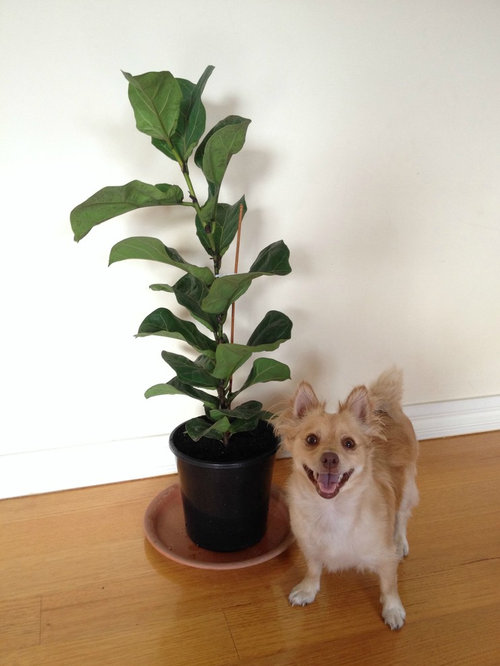
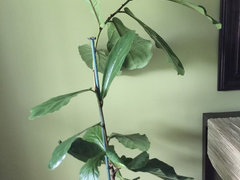
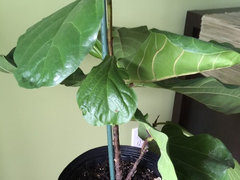
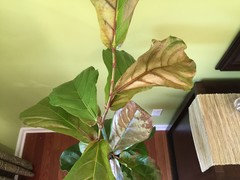
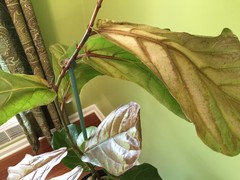

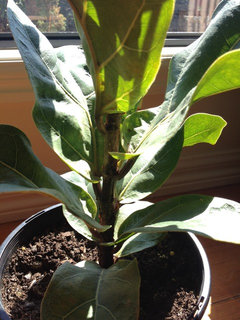

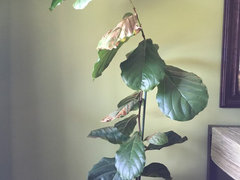
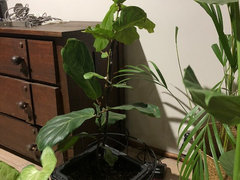
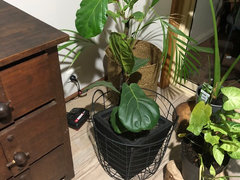
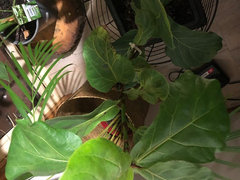

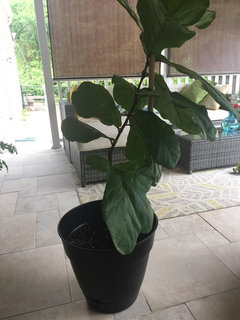


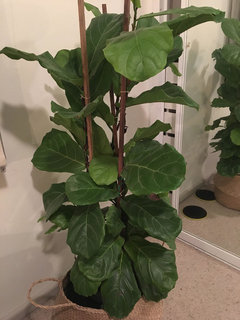
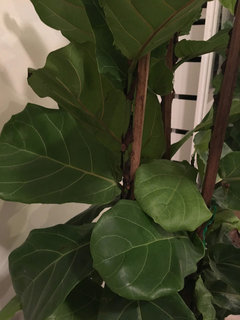
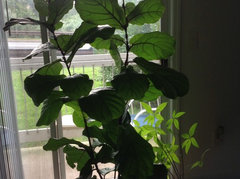
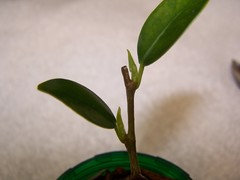

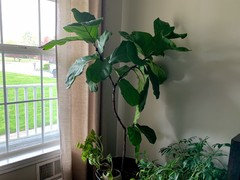
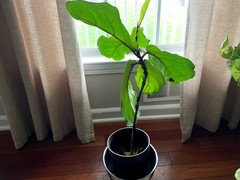
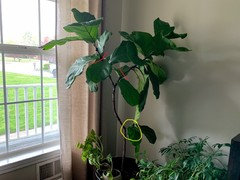
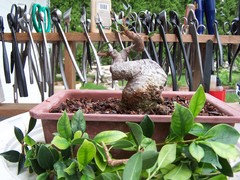


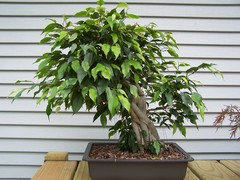


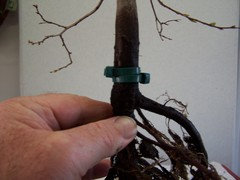
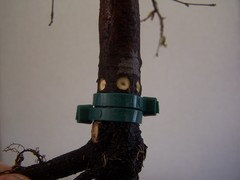
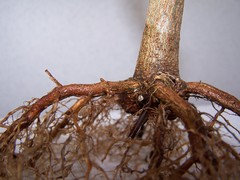

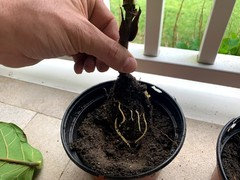



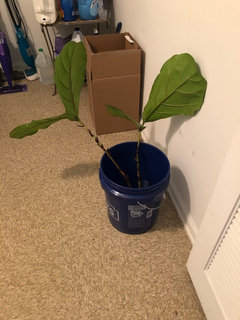

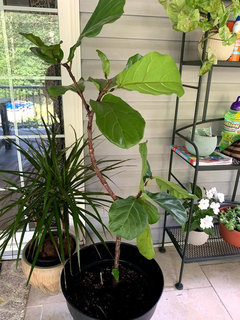
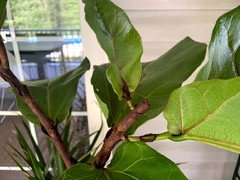
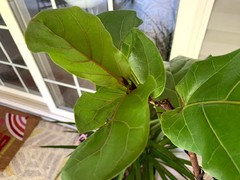

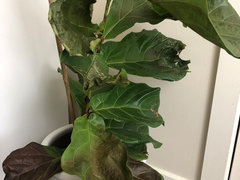
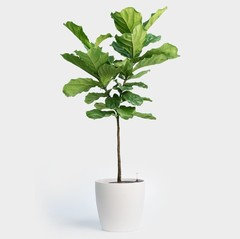
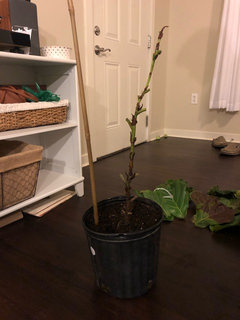
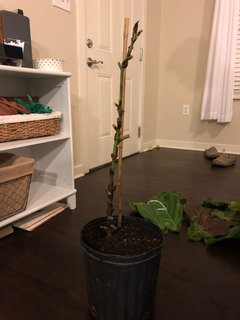
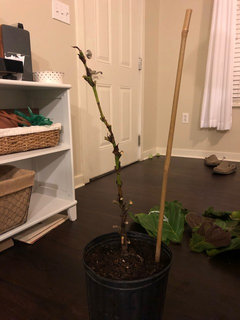


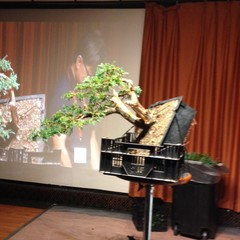
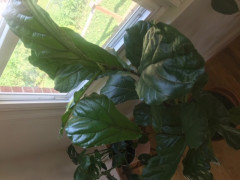
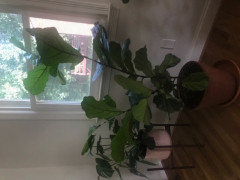




tapla (mid-Michigan, USDA z5b-6a)